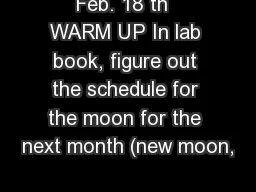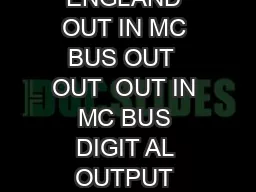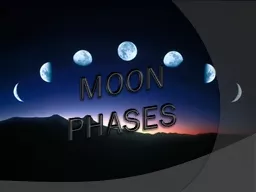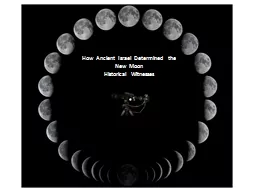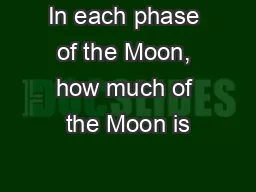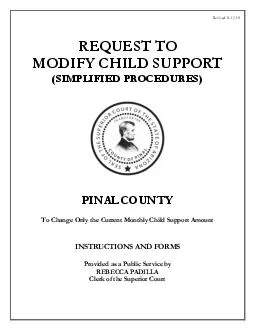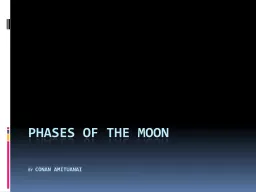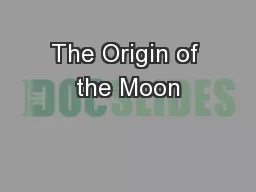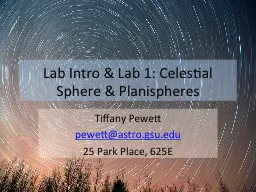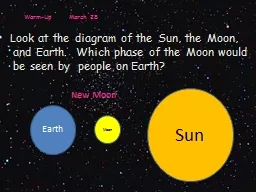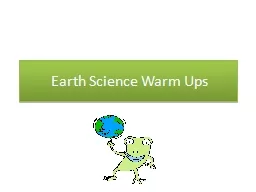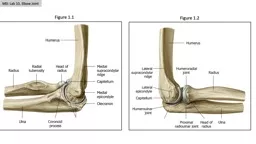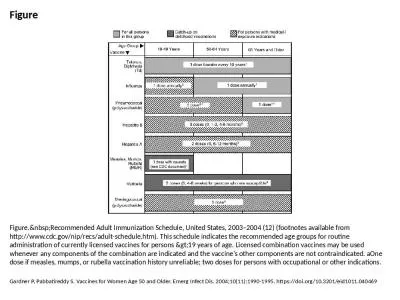PPT-Feb. 18 th WARM UP In lab book, figure out the schedule for the moon for the next month
Author : phoebe-click | Published Date : 2019-02-23
st quarter moon full moon last quarter moon Hint Today is a new moon Weds Feb 18 th and there are only 28 days in Feb Hint We have a new moon every 28 days Pull
Presentation Embed Code
Download Presentation
Download Presentation The PPT/PDF document "Feb. 18 th WARM UP In lab book, figure ..." is the property of its rightful owner. Permission is granted to download and print the materials on this website for personal, non-commercial use only, and to display it on your personal computer provided you do not modify the materials and that you retain all copyright notices contained in the materials. By downloading content from our website, you accept the terms of this agreement.
Feb. 18 th WARM UP In lab book, figure out the schedule for the moon for the next month: Transcript
Download Rules Of Document
"Feb. 18 th WARM UP In lab book, figure out the schedule for the moon for the next month"The content belongs to its owner. You may download and print it for personal use, without modification, and keep all copyright notices. By downloading, you agree to these terms.
Related Documents

